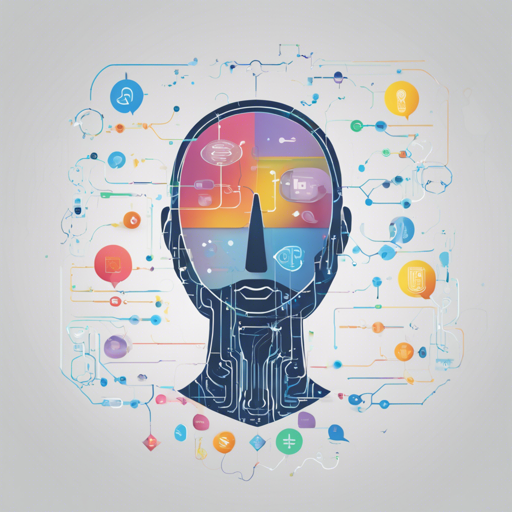Welcome to our guide on utilizing the Qwen1.5-MoE-A2.7B-Chat model for text generation! This transformer-based model, with a mixture of experts (MoE) architecture, is designed to make your text generation tasks efficient and effective. In this article, we will walk you through the installation process, a quickstart guide, and troubleshooting tips to optimize your experience.
Understanding the Qwen1.5-MoE Model
The Qwen1.5-MoE model stands out because it utilizes the Mixture of Experts architecture. This means that it can activate only a portion of its parameters during runtime, significantly reducing resource consumption while maintaining impressive performance. Think of it like a skilled chef who only uses a few select cooking techniques for each dish, rather than exhausting all their skills on every meal.
Installation Requirements
Before diving in, make sure you have the latest Hugging Face Transformers library installed. We recommend building from source to avoid common issues. Use the following command:
pip install git+https://github.com/huggingface/transformersFailure to do so may result in errors such as KeyError: qwen2_moe. Correct installation ensures you have access to the latest features and fixes.
Quickstart Guide to Using Qwen1.5-MoE-A2.7B-Chat
To get started with the model, follow this simple code snippet below:
from transformers import AutoModelForCausalLM, AutoTokenizer
device = 'cuda' # the device to load the model onto
model = AutoModelForCausalLM.from_pretrained(
'Qwen/Qwen1.5-MoE-A2.7B-Chat',
torch_dtype='auto',
device_map='auto'
)
tokenizer = AutoTokenizer.from_pretrained('Qwen/Qwen1.5-MoE-A2.7B-Chat')
prompt = "Give me a short introduction to large language models."
messages = [
{"role": "system", "content": "You are a helpful assistant."},
{"role": "user", "content": prompt}
]
text = tokenizer.apply_chat_template(
messages,
tokenize=False,
add_generation_prompt=True
)
model_inputs = tokenizer([text], return_tensors='pt').to(device)
generated_ids = model.generate(
model_inputs.input_ids,
max_new_tokens=512
)
generated_ids = [
output_ids[len(input_ids):] for input_ids, output_ids in zip(model_inputs.input_ids, generated_ids)
]
response = tokenizer.batch_decode(generated_ids, skip_special_tokens=True)[0]
In this example, we are loading the model and tokenizer, defining a prompt, generating input tensors, and decoding the response. It’s an efficient and straightforward process to engage with your AI assistant!
Troubleshooting Tips
If you encounter any issues, here are a few troubleshooting ideas:
- Ensure you have the latest Transformers library installed correctly to avoid key errors.
- Check if your device has sufficient memory and resources to handle the model, especially when generating longer texts.
- If you experience code switching or other undesirable outputs, consider using the hyper-parameters provided in the
generation_config.jsonfile.
For more insights, updates, or to collaborate on AI development projects, stay connected with fxis.ai.
Conclusion
At fxis.ai, we believe that such advancements are crucial for the future of AI, as they enable more comprehensive and effective solutions. Our team is continually exploring new methodologies to push the envelope in artificial intelligence, ensuring that our clients benefit from the latest technological innovations.

